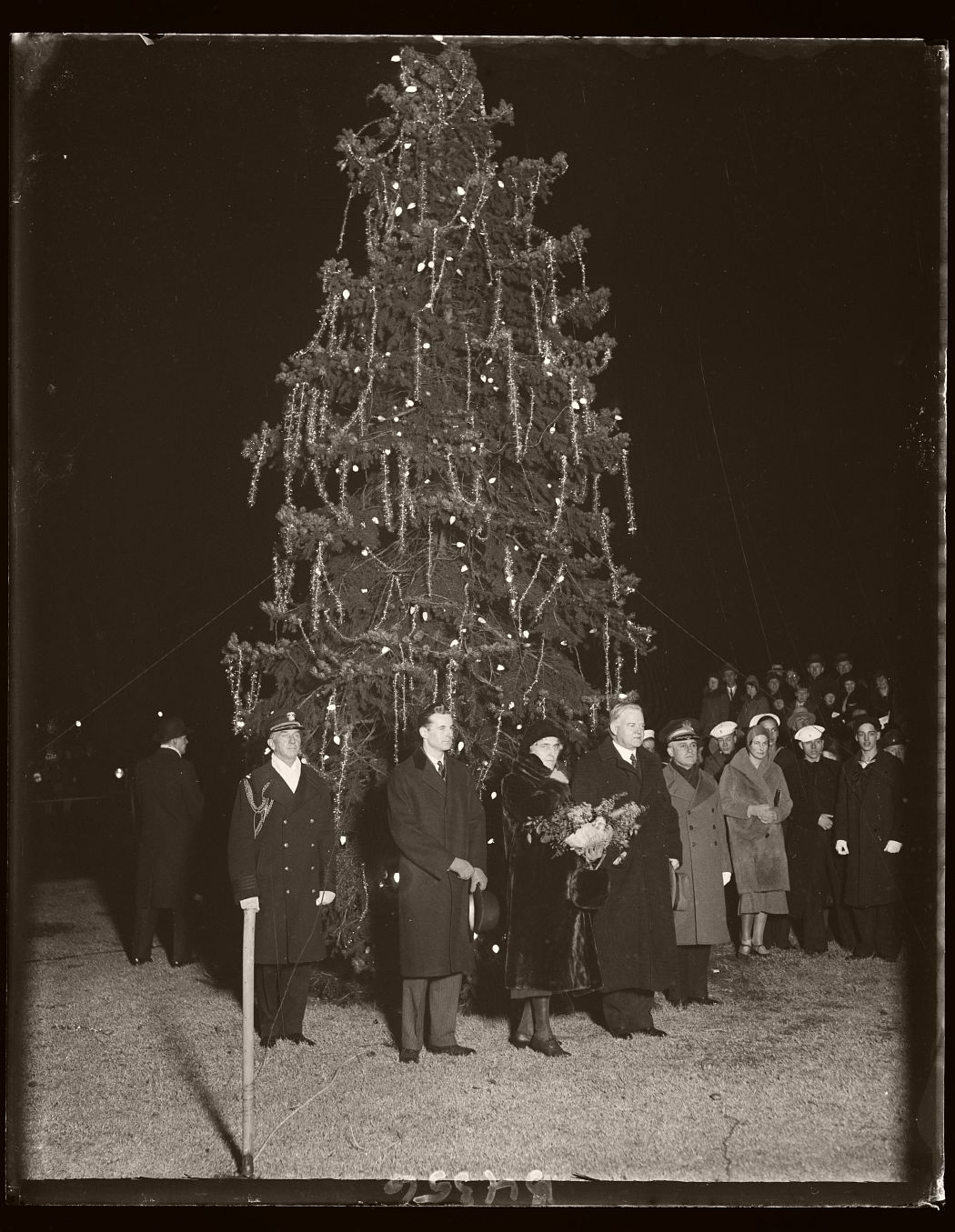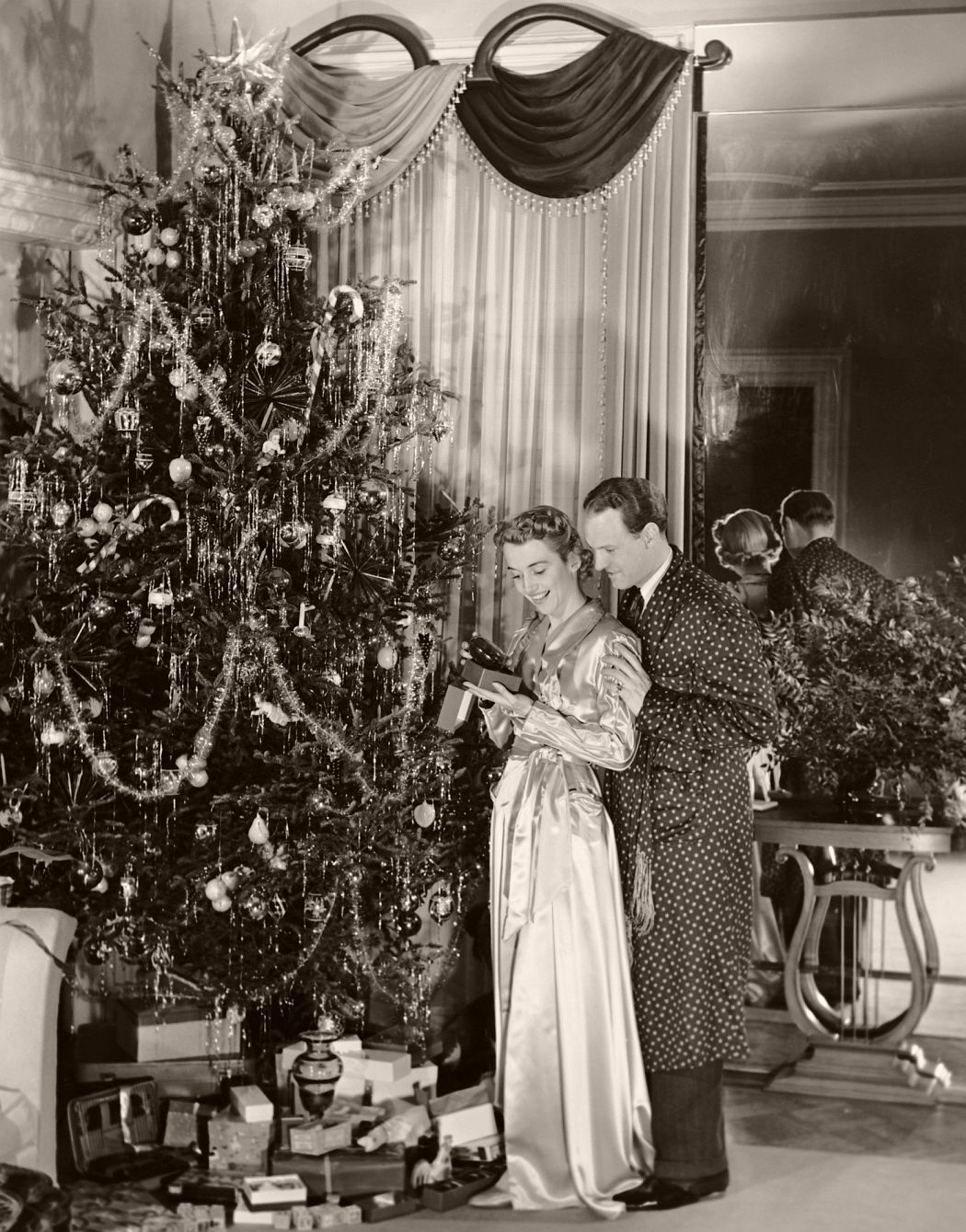The relevance of ancient pre-Christian customs to the 16th-century German initiation of the Christmas tree custom is disputed. Resistance to the custom was often because of its supposed Lutheran origins.
Other sources have offered a connection between the first documented Christmas trees in Alsace around 1600 and pre-Christian traditions. For example, according to the Encyclopædia Britannica, “The use of evergreen trees, wreaths, and garlands to symbolize eternal life was a custom of the ancient Egyptians, Chinese, and Hebrews. Tree worship was common among the pagan Europeans and survived their conversion to Christianity in the Scandinavian customs of decorating the house and barn with evergreens at the New Year to scare away the devil and of setting up a tree for the birds during Christmas time.”
During the Roman mid-winter festival of Saturnalia, houses were decorated with wreaths of evergreen plants, along with other antecedent customs now associated with Christmas.
The modern Christmas tree is frequently traced to the symbolism of trees in pre-Christian winter rites, wherein Viking and Saxon worshiped trees. The story of Saint Boniface cutting down Donar’s Oak illustrates the pagan practices in 8th century among the Germans. A later folk version of the story adds the detail that an evergreen tree grew in place of the felled oak, telling them about how its triangular shape reminds humanity of the Trinity and how it points to heaven.
Alternatively, it is identified with the “tree of paradise” of medieval mystery plays that were given on 24 December, the commemoration and name day of Adam and Eve in various countries. In such plays, a tree decorated with apples (to represent the forbidden fruit) and wafers (to represent the Eucharist and redemption) was used as a setting for the play. Like the Christmas crib, the Paradise tree was later placed in homes. The apples were replaced by round objects such as shiny red balls.
At the end of the Middle Ages, an early predecessor appears referred in the Regiment of the Order of Cister around 1400, in Alcobaça, Portugal. The Regiment of the local high-Sacristans of the Cistercian Order refers to what may be considered one of the oldest references to the Christmas tree: “Note on how to put the Christmas branch, scilicet: On the Christmas eve, you will look for a large Branch of green laurel, and you shall reap many red oranges, and place them on the branches that come of the laurel, specifically as you have seen, and in every orange you shall put a candle, and hang the Branch by a rope in the pole, which shall be by the candle of the altar-mor.”
Modern Christmas trees originated during the Renaissance of early modern Germany. Its 16th-century origins are sometimes associated with Protestant Christian reformer Martin Luther, who is said to have first added lighted candles to an evergreen tree.




















